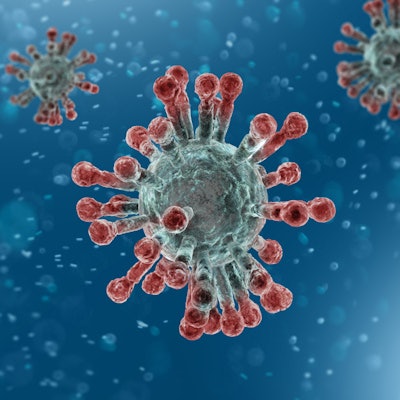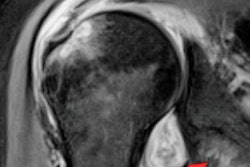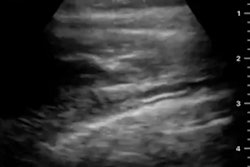
Coronaviruses may be vulnerable to ultrasound vibrations within frequencies used in medical diagnostic imaging, according to a recent study by researchers at the Massachusetts Institute of Technology (MIT).
A team in the school's department of mechanical engineering developed computer simulations to study the mechanical response of the SARS-CoV-2 virus to vibrations across a range of ultrasound frequencies. Vibrations between 25 and 100 MHz triggered the virus' shell and spikes to collapse and start to rupture within a fraction of a millisecond. The effect was seen in simulations of the virus in air and in water.
"We've proven that under ultrasound excitation the coronavirus shell and spikes will vibrate, and the amplitude of that vibration will be very large, producing strains that could break certain parts of the virus, doing visible damage to the outer shell and possibly invisible damage to the RNA inside," said Tomasz Wierzbicki, PhD, an MIT professor of applied mechanics.
To begin, the researchers exposed the virus to 100 MHz ultrasound excitations. The virus' natural vibrations were initially undetectable. But within a fraction of a millisecond, the external vibrations, resonating with the frequency of the virus' natural oscillations, caused the shell and spikes to buckle inward, similar to a ball that dimples as it bounces off the ground. At lower frequencies of 25 MHz and 50 MHz, the virus buckled and fractured even faster.
The results are preliminary and based on limited data regarding the virus' physical properties. Nevertheless, the researchers say their findings are a first hint at a possible ultrasound-based treatment for coronaviruses, including the novel SARS-CoV-2 virus.



















